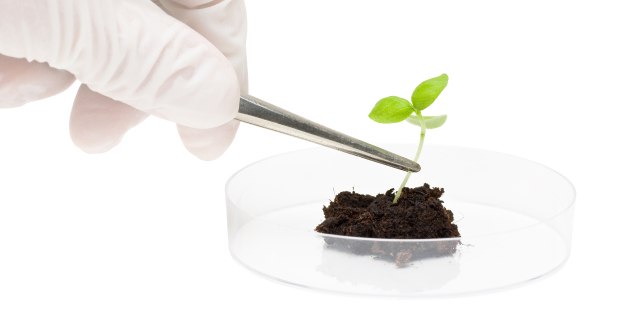What is a Natural Flavor in the EU? The Definition Could Change.
Dr. Luke Grocholl,
Regulatory Affairs Expert, Flavors & Fragrances

Qualifying a flavor as natural can be one of the more difficult regulatory challenges, and the EU has one of the more complicated natural flavor definitions. In order to label a flavor as natural in the EU, it must meet three criteria: it must be produced through “appropriate physical, enzymatic, or microbiological processes,” it must be of “vegetable, animal, or microbiological origin,” and it must be identified in nature.1 The latter two criteria are more straightforward and verifiable. A literature review can confirm if a flavor compound occurs naturally. Vanillyl butyl ether, for instance, is produced from the fermentation of botanical raw materials, but it cannot be labeled as natural in Europe since it has not been found in nature. There are also methods to verify if a material is of vegetable, animal, or microbiological origin. For example, radiocarbon dating can establish that the flavor’s carbon isotope ratio aligns with natural levels.
The challenge with meeting the EU natural definition is typically associated with the remaining requirement: producing the flavor through the appropriate physical, enzymatic, or microbiological processes. Meeting this stipulation can create significant technological barriers in EU-natural flavor manufacturing, resulting in high costs or a lack of availability. Advances in genetically modified microorganisms (GMM) in the past decade have offered a solution, however. Several popular flavors, such as vanillin, nootkatone, and valencene, can now be produced by fermentation using GMM. This seems to satisfy all the requirements for EU-natural flavors.
Aroma chemicals produced by fermentation of botanical raw materials, one of the traditional food preparation processes cited in the regulation2, can yield some popular EU-natural flavors. But if GMM are used, their EU-natural status is now in question. The EU Standing Committee on Plants, Animals, Food, and Feed (SCoPAFF) met in September 2023 and discussed whether flavors made using genetically modified microorganisms should be considered natural. As indicated in their draft statement3, SCoPAFF notes that although “fermentation” and “microbiological processes” are accepted traditional food preparation processes, the terms are not defined in the regulation. SCoPAFF therefore proposes that the use of GMM in producing flavors should not be considered a fermentation or a microbiological process within the definition of natural.
This opinion could represent a considerable departure from the current understanding of natural flavors in the EU. Multiple guidances4 on producing natural flavors address methods for meeting the EU standard, but there may be no distinction on the origin or the types of microorganisms used for fermentation. It is also well established that natural flavors could be produced or extracted from genetically modified organisms and still be labeled natural. Here there are clear guidelines5 on when genetically modified (GM) labeling is required where GMM are used, but that GM labeling is not incongruous with natural labeling. Furthermore, should the SCoPAFF requirement come to pass, there is no practical method to test or verify where GMM are used.
Currently, this proposal is only a draft option. The EFFA and other organizations are appealing to SCoPAFF. We are observing the development of this opinion to determine how it may impact products currently marketed as EU natural.
Related Products
References
如要继续阅读,请登录或创建帐户。
暂无帐户?